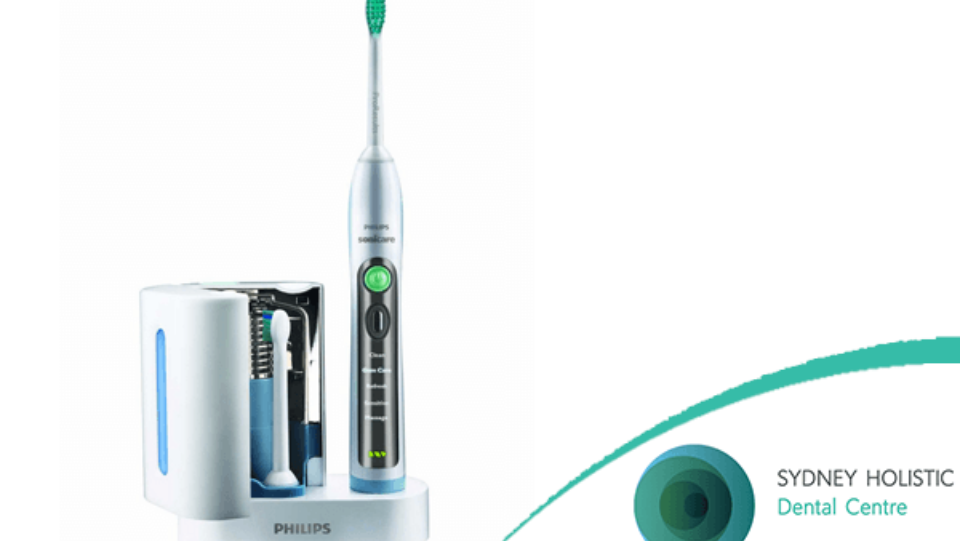The Sonic Toothbrush – What You Need to Know
The Sonic Toothbrush – What You Need to Know

One of the newer types of toothbrushes on the market is the sonic toothbrush. But what is a sonic toothbrush and how does it work? One of our Dental Hygienists and Therapists, Kristel gives us the low down:
How does the sonic toothbrush work?
Instead of oscillating and rotating, the Sonic toothbrushes vibrate at a rate of 31,000 strokes per minute. Their patented sonic technology allows a dynamic clean action that drives fluid between teeth and along the gum line.
What does it do?
The sonic movement creates air bubbles that disrupt the plaque biofilm that causes gum disease. It also massages the gums to promote blood circulation. It has also been proven to remove staining and reduce the risk of enamel abrasion and gum recession. The smaller brush heads makes it easier to access difficult to reach areas, whilst its contour extends into the gaps in between the teeth.
The 5 brushing modes present different modes of cleaning and it’s battery life last 3 weeks. Additionally, it encourages attentive brushing of each quadrant of the mouth and reinforces a recommended brushing time of at least 2 minutes.
There have been several studies on the sonic toothbrush including:
A clinical study comparing the supra-gingival plaque and gingivitis efficacy of a specially engineered sonic powered toothbrush with unique sensing and control technologies to a commercially available manual flat-trim toothbrush.
The new specially engineered sonic powered toothbrush unique sensing and control technologies provides statistically significant and clinically relevant levels of efficacy in the removal of supra-gingival dental plaque after a single tooth brushing, and after four and 12 weeks’ use. The new sonic powered toothbrush also provides statistically significantly greater levels of efficacy in the reduction of supra-gingival plaque, gingivitis, and gingival bleeding when compared to a manual flat-trim toothbrush. Read more about this study here.
A six-month clinical comparison of the efficacy of the Sonicare and the Braun Oral-B electric toothbrushes on improving periodontal health in adult periodontitis patients.
Overall, this study demonstrates that long-term use of these two electric toothbrushes improves periodontal health in adult periodontitis patients, and that the Sonicare brush is superior to the Braun brush in reducing gingival inflammation and probing depth. Moreover, 6 months’ use of Sonicare led to actual improvement in probing attachment levels of periodontal pockets. Read more about this study here.
Brushing force of manual and sonic toothbrushes affects dental hard tissue abrasion.
Patients with severe tooth wear and exposed and/or eroded dentin surfaces should use sonic toothbrushes to reduce abrasion. Read more here.
Laboratory evaluation of extrinsic stain removal by a specially engineered sonic powered toothbrush with unique sensing and control technologies.
This new specially engineered sonic powered toothbrush with unique sensing and control technologies effectively removes extrinsic stains from the surface of teeth under laboratory test conditions . The effectiveness of stain removal with either brush head is significantly greater than the effectiveness of stain removal of a manual flat-trim toothbrush under these conditions. Read more here.
Advantages of using a sonic toothbrush:
A sonic toothbrush has been linked to several advantages including naturally whiter teeth, superior plaque removal, healthier gums, gentler brushing, helps stimulate saliva (great for dry mouth sufferers) and great for anyone with braces or dental implants as it cleans those hard to reach places.
If you’re interested in learning more or purchasing a sonic toothbrush, you can call our reception now or your Dental Hygienist at your next visit. Call us on (02) 9221 5800


